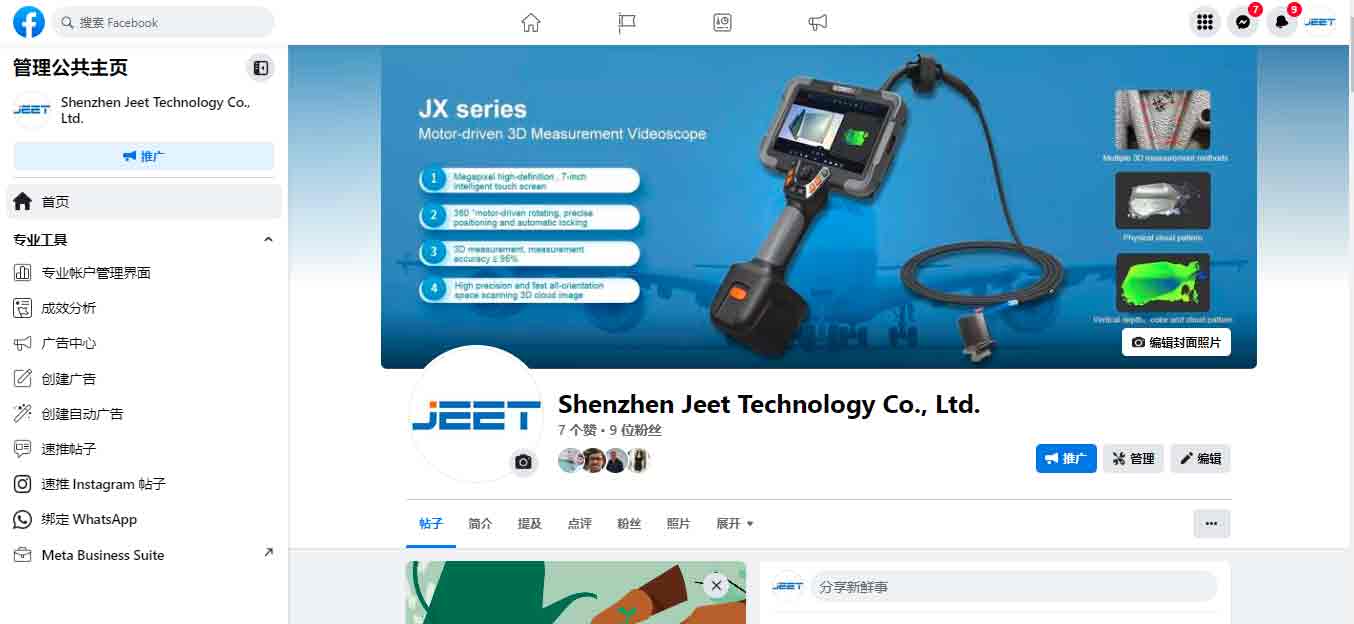Basic terms and concepts for industrial videoscope
1. The probe is the main element of a industrial videoscope, consisting of a tube, camera and neck (if the endoscope is with articulation).
2. The distal tip is the end of the probe. On videoscopes, the end part on which the camera is located. Focus on the concept of "short distal tip" ,it means that a small video camera is installed on the videoscope and the radius of rotation for the neck of the videoscope is smaller compared to other video endoscopes. In practice, a probe with a short distal tip can be used in a small space, for example, to inspect small pipe of small diameter.
3. The tube is the part between the distal tip and the articulation control unit or the host of the videoscope.
4. Articulation is the ability for the operator to control the position of the distal tip relative to the straight position.
5. Control cables - steel cables with a diameter of 0.3 mm, located inside the tube, between the distal end and the articulation control unit.
6. Braid layer - a protective coating of the tube. It is used on flexible, ultra-flexible and semi-rigid probes. May have a multilayer structure and be waterproof.
7. The neck is the part of the probe that provides articulation of the distal tip. Basically, it has a structure consisting of series-connected elements in the form of vertebrae. Control cables, power cables and video signals are located inside the “vertebrae” of the neck.
8. The camera is part of the videoscope probe, which provides images from the location of the distal tip and its transmission to the host. The camera consists of a lens, a matrix and a chipset responsible for processing the light flux received by the matrix.
9. The host is a videoscope element that consists of a screen and a photo and video recording system. It provides viewing of the image received from the videoscope camera in real time, documenting (shooting photos and videos), storage and viewing of captured materials.
10. The depth of field (DOF) concept is often confused with focal length because it is also expressed in millimeters. The difference is that focal length is a term used in photography and refers to the distance from the matrix (usually 1 inch diagonal) to the lens. Videoscopes use 1/16, 1/8 inch matrices and their microscopic distance to the lens. In theory, you can calculate the focal length of a videoscope camera, but this value tells us very little. Depth of field is a simple, intuitive definition, and the range is that a camera can shoot with good sharpness. So, for example, a depth of field of 20-70 mm means that at a distance of 20 to 70 mm from the camera lens, we see a clear image.
11.Field of View (FOV) is the angle of view of the camera. Measured in degrees centered relative to the forward direction of the camera view. This is the field that limits the boundaries of the image received by the camera.




